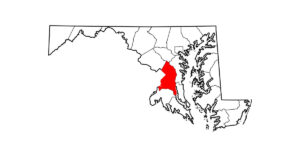Whip Use Violations in Australian Racing Scrutinized
The good news: Racing authorities around the world have variable whip use regulations intended to protect equine welfare during racing. The bad news: Even those jurisdictions with strict rules often struggle to enforce them, said Australian researchers.
Results from a recent study revealed that fewer than 1% of horses racing in Australia experience a “whip use breach” officially—meaning the breach was reported by authorities—on a race course. While that percentage might seem low, it still means hundreds of horses suffered illegal whip use (at least 350 times) on racetracks in just one state and territory (New South Wales and the Australian Capital Territory) over a one-year period—and most of these were horses that finished in the top three places of the race.
“The data suggest that a desire to win may motivate whip rule breaches and potentially affect race and betting outcomes,” said Paul McGreevy, BVSc, PhD, MRCVS, MACVS (Animal Welfare), professor of animal behavior and animal welfare science at the University of Sydney. McGreevy worked alongside Jennifer Hood, BSc (Hons), BVMS, PhD, researcher associate at the University of Sydney Faculty of Veterinary Science, to develop this unprecedented scientific characterization of whip use from a regulatory and welfare perspective, he said.
“The next highest percentage was seen in horses who ran last, which seems to suggest that the desire to not come last (or to be accused of not trying) may also lead riders into a breach of the whip use,” he told The Horse
Create a free account with TheHorse.com to view this content.
TheHorse.com is home to thousands of free articles about horse health care. In order to access some of our exclusive free content, you must be signed into TheHorse.com.
Start your free account today!
Already have an account?
and continue reading.

Written by:
Christa Lesté-Lasserre, MA
Related Articles
Stay on top of the most recent Horse Health news with












